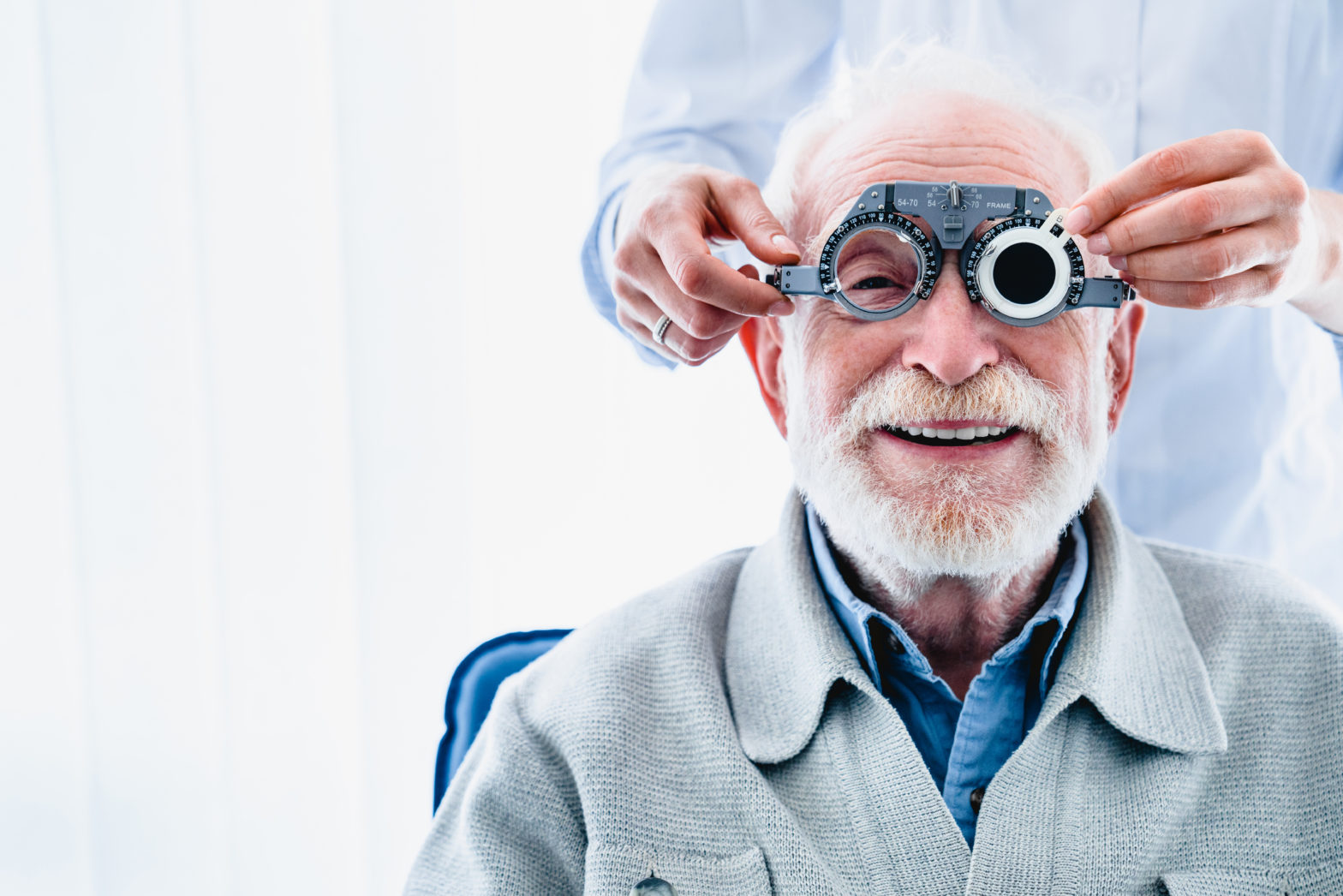Have you noticed yourself holding menus or books at arm’s length to read clearly? Or squinting at your phone screen to decipher a text message? This is a natural part of aging that affects everyone, even those who’ve never had vision problems. But don’t worry; presbyopia is no longer a dead end for your clear vision. With a variety of corrective options and lifestyle adaptations, the journey through presbyopia can be smooth and empowering.
In this guide, we’ll dive deep into the science behind presbyopia, its causes, and the wide array of solutions available to restore your vision and confidence.
Understanding Presbyopia: A Glimpse into the Aging Eye
Presbyopia (pronounced prez-bee-OH-pee-uh) comes from Greek, meaning “old eye.” It is a refractive error caused by the natural aging of the lens inside the eye. Unlike nearsightedness or farsightedness, presbyopia isn’t related to the shape of the eyeball but rather to the gradual loss of elasticity in the eye’s lens.
How Does It Work?
- The Flexible Lens: In a young, healthy eye, the lens remains flexible, allowing it to change shape and focus on objects both near and far. This process is called accommodation.
- Aging Effect: As we age, the lens stiffens and loses its ability to bend and focus. By the time most people hit their 40s or 50s, this natural aging process manifests as presbyopia.
Causes of Presbyopia: More Than Just Aging
While the stiffening of the lens is the primary cause, several factors can accelerate or exacerbate presbyopia:
- Age: The universal culprit. Symptoms often begin around age 40 and progress until the early 60s.
- Genetics: If your parents developed presbyopia early, you might experience it sooner as well.
- Health Conditions: Conditions like diabetes, cardiovascular diseases, and multiple sclerosis can affect the eye’s ability to focus.
- Medications: Certain medications, such as antihistamines, antidepressants, and diuretics, may contribute to early onset presbyopia.
- Environmental Factors: Chronic exposure to UV rays or prolonged use of digital screens may accelerate lens rigidity.
Symptoms: Is Presbyopia Creeping Up on You?
Presbyopia develops gradually, but the signs are hard to miss once they appear:
- Difficulty reading small print, especially in dim light.
- Frequent headaches or eye strain after close work.
- Holding objects farther away to see them clearly.
- Blurred vision at normal reading distances.
- Increased reliance on bright lighting.
Corrective Measures: Your Path to Clearer Vision
Fortunately, modern advancements in eye care offer numerous options to manage presbyopia effectively. Here’s a detailed look at the solutions available:
1. Eyeglasses: The Classic Remedy
- Reading Glasses: These single-vision lenses magnify near objects and are perfect for occasional use.
- Bifocals: Featuring two sections, these lenses correct both near and distance vision.
- Progressive Lenses: These no-line multifocal lenses offer a seamless transition between near, intermediate, and distant vision.
2. Contact Lenses: Invisible Helpers
- Multifocal Contact Lenses: Designed with concentric rings, they provide both near and distance vision.
- Monovision Contacts: One eye is corrected for distance and the other for near vision, allowing your brain to adapt to the dual focus.
- Hybrid Lenses: Combining hard and soft lens technology, these are ideal for people with irregular corneas.
3. Refractive Surgery: Permanent Solutions
- LASIK and PRK: Laser procedures that reshape the cornea to improve presbyopia-related vision issues.
- Conductive Keratoplasty (CK): A minimally invasive procedure that uses radiofrequency energy to reshape the cornea.
- Lens Replacement Surgery: The natural lens is replaced with an artificial intraocular lens (IOL), offering multifocal or accommodating vision.
- SMILE Procedure: Small Incision Lenticule Extraction (SMILE) is an advanced laser surgery tailored to correct refractive errors, including presbyopia.
4. Innovative Technologies
- Corneal Inlays: Tiny devices implanted in the cornea to enhance near vision without compromising distance clarity.
- Presbyopic Implants: Customized implants that restore focus at multiple distances.
5. Lifestyle and Behavioral Adjustments
- Optimal Lighting: Adequate lighting reduces strain when reading or working.
- Visual Ergonomics: Arrange your workspace to reduce eye strain during prolonged screen use.
- 20-20-20 Rule: Take a 20-second break to look at something 20 feet away every 20 minutes.
Preventive Measures: Delaying the Onset of Presbyopia
While aging is inevitable, a healthy lifestyle can help maintain optimal eye health and potentially delay presbyopia:
- Protect Your Eyes from UV Rays: Wear sunglasses with UV protection.
- Eat a Nutrient-Rich Diet: Consume foods high in antioxidants, like leafy greens, carrots, and fish rich in omega-3 fatty acids.
- Stay Hydrated: Proper hydration supports tear production and overall eye health.
- Limit Screen Time: Reduce blue light exposure and use blue light-blocking glasses if necessary.
- Regular Eye Check-Ups: Visit your optometrist annually to monitor your vision and overall eye health.
The Emotional Side of Presbyopia: Beyond Physical Vision
For many, the first signs of presbyopia are a stark reminder of aging, often accompanied by frustration or denial. It’s important to approach this transition with a positive mindset. Embrace the available solutions and remember that with proper care, presbyopia is highly manageable.
The Future of Presbyopia Treatment
The world of eye care is evolving rapidly, and so are presbyopia treatments. Scientists are exploring exciting innovations like:
- Eye Drops for Presbyopia: Experimental treatments aim to temporarily restore lens flexibility.
- Smart Lenses: Advanced contact lenses with integrated technologies for dynamic vision adjustment.
These advancements promise a brighter, clearer future for individuals facing presbyopia.
Conclusion: Seeing Life Clearly, At Every Age
Presbyopia may be a natural consequence of aging, but it doesn’t have to define your quality of life. With a wealth of corrective measures, from eyeglasses and contact lenses to cutting-edge surgeries and lifestyle tweaks, there’s a solution for everyone. The key lies in staying proactive, seeking professional advice, and embracing the technologies that can help you regain your clarity of vision.
Age brings wisdom, perspective, and, yes, presbyopia—but with the right approach, it’s just another chapter in the vibrant story of life. Whether you’re 40 or 60, clear vision is well within your reach. Let’s see life for what it is: beautiful and worth every moment, both near and far.









